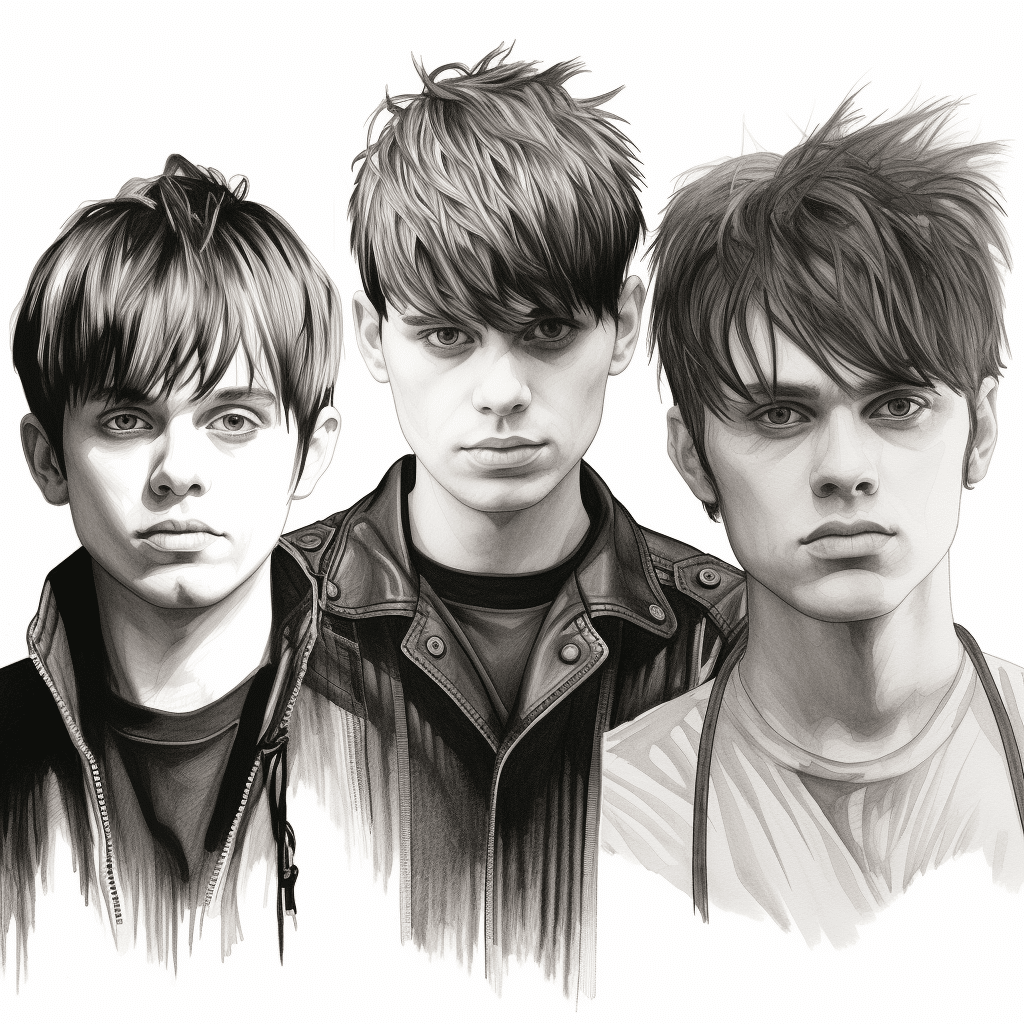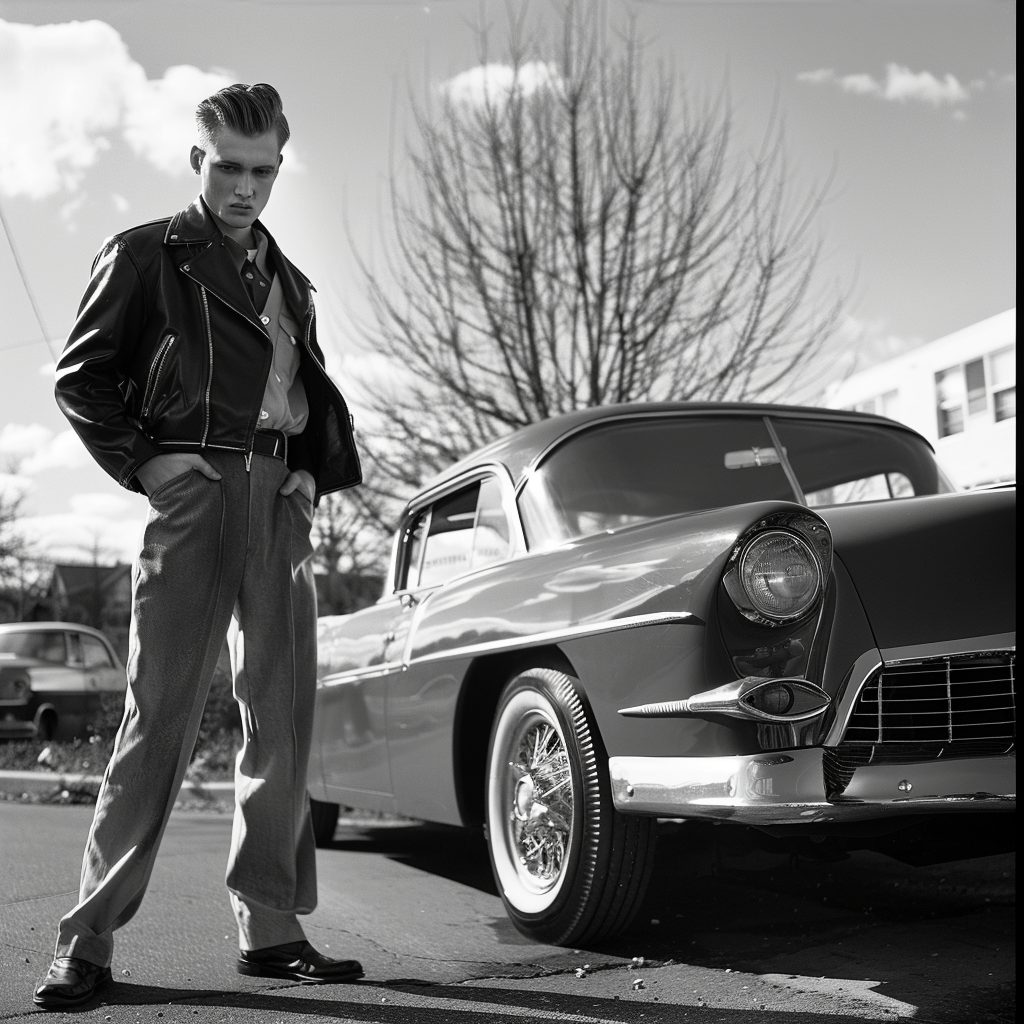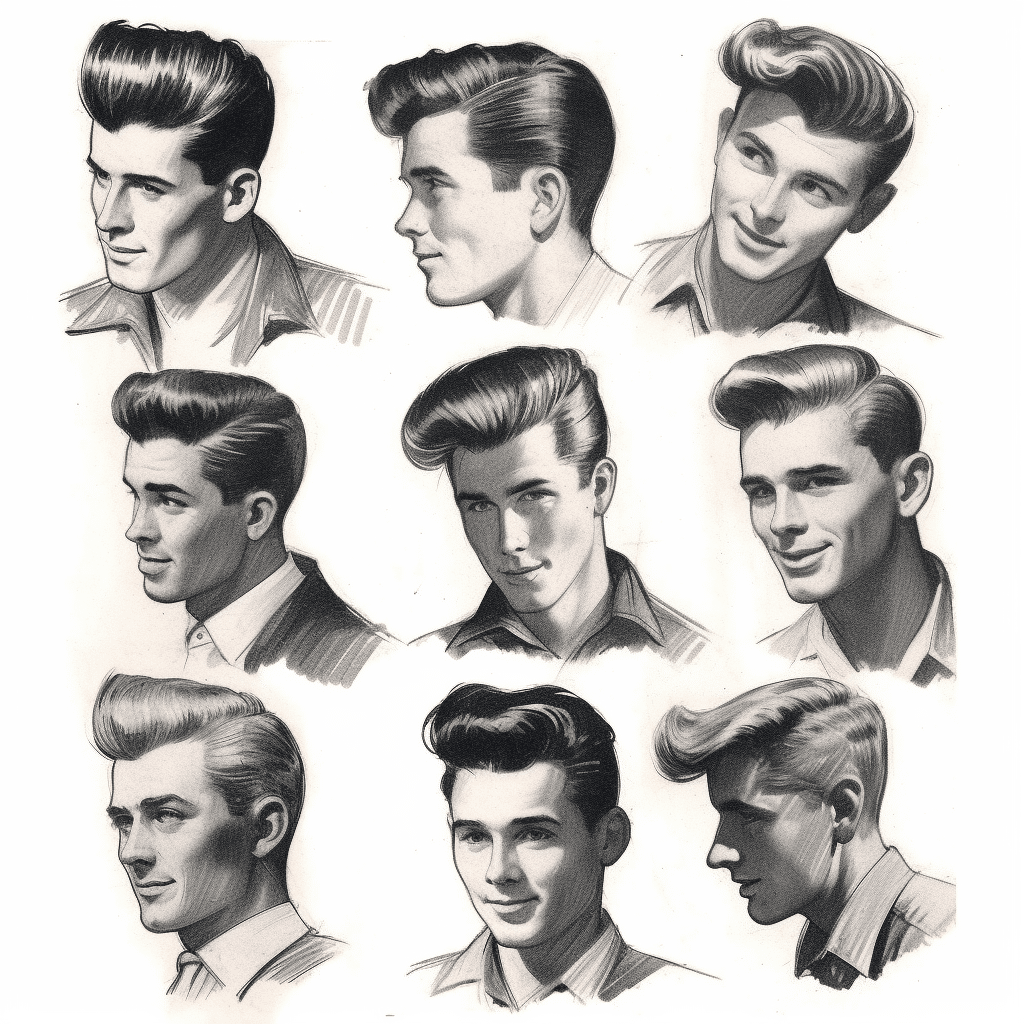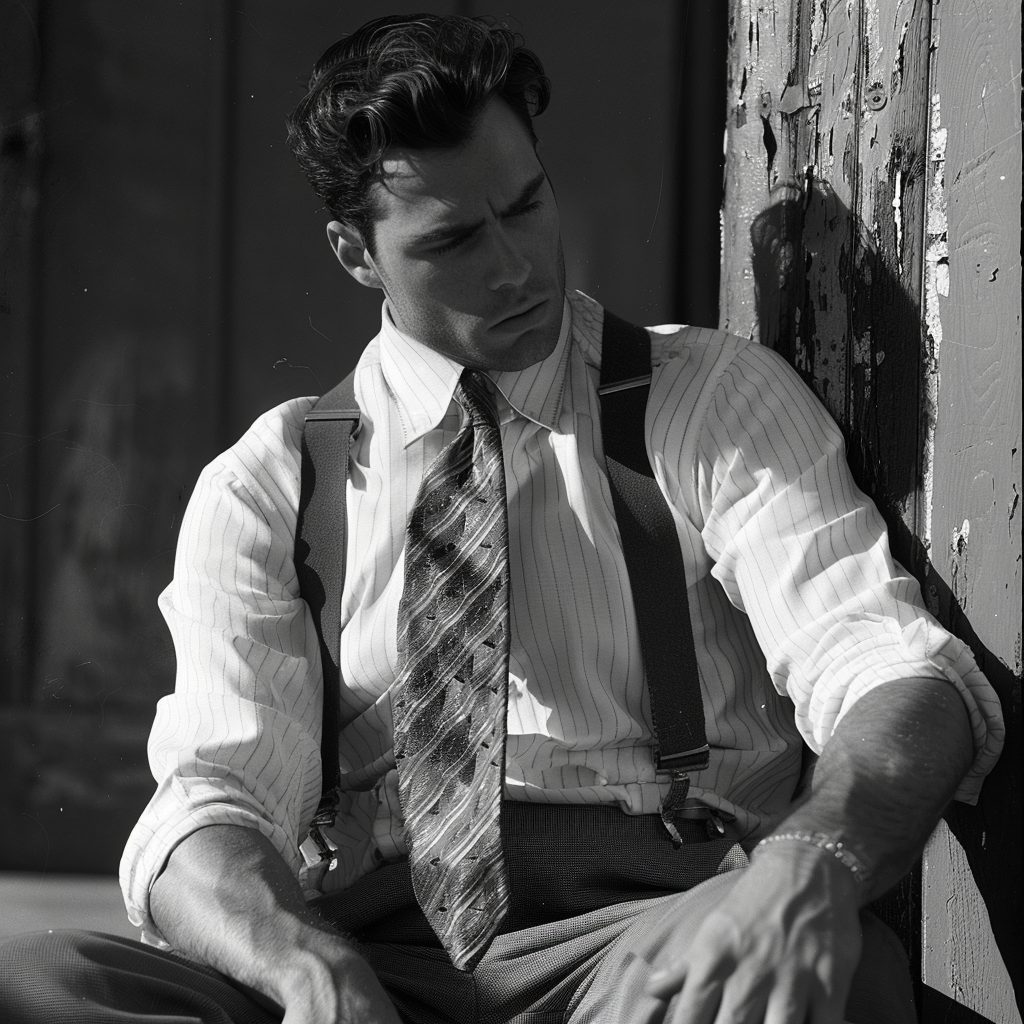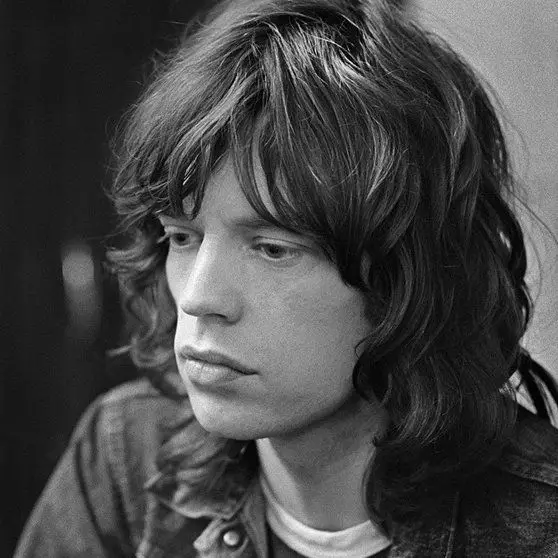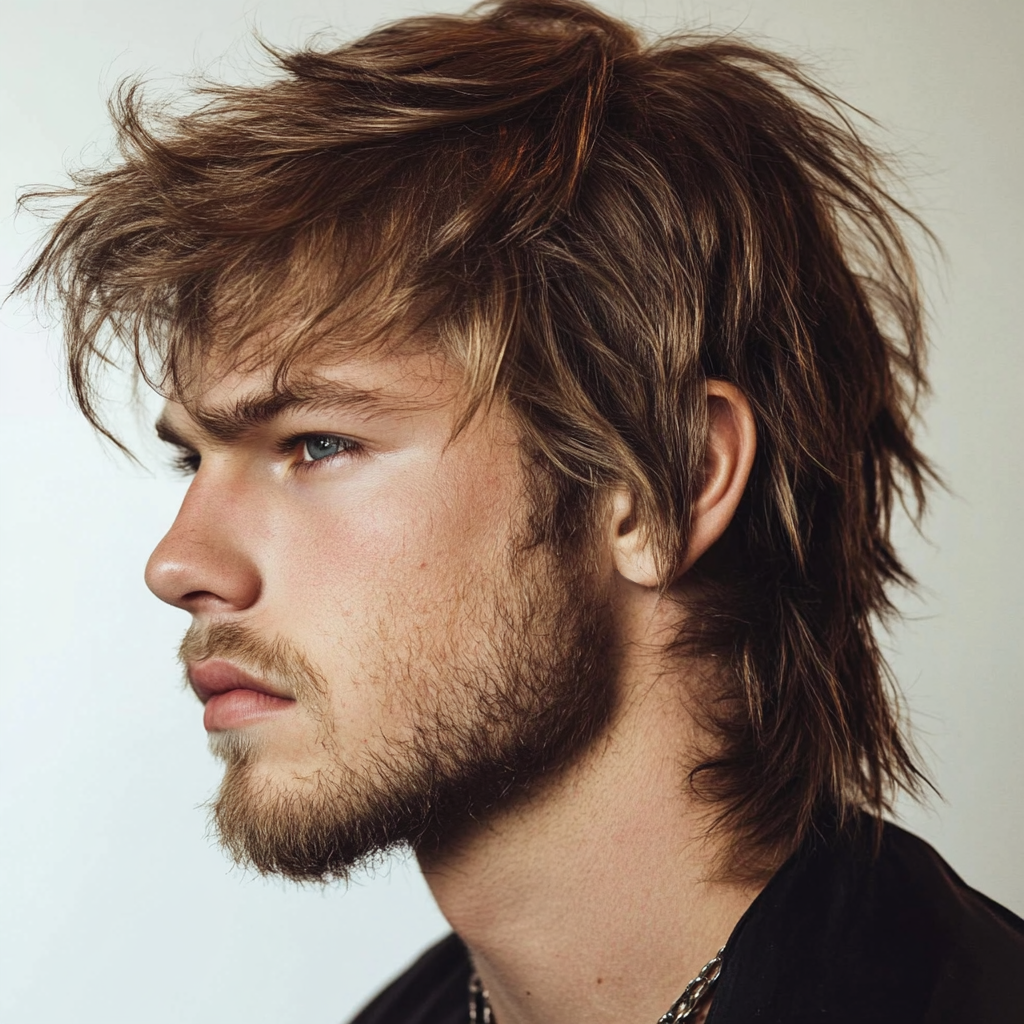Emo Hairstyles for Men: Evolution and Personal Expression
Within the ever-shifting domain of fashion and personal expression, specific subcultures emerge as formidable trendsetters. Emo hairstyles for men, originating from the emotional hardcore music subculture, have uniquely established a presence in the realm of self-expression. This thorough exploration delves into the progression of emo hairstyles, mapping their origins in punk rock to their modern-day manifestations. We will get into iconic styles, dissect their cultural significance, and contemplate the enduring impact they have had on personal identity and style.
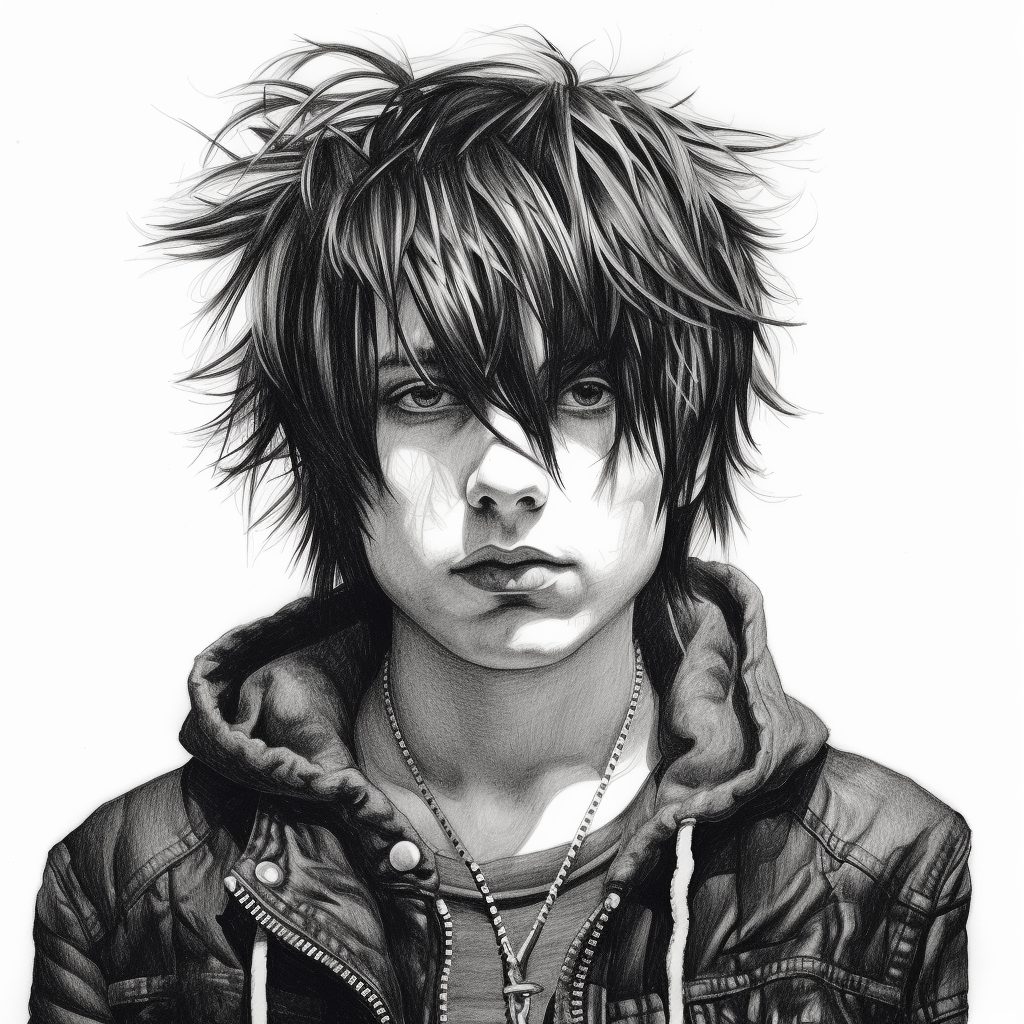
The Roots of Emo Hairstyles
Emo, a shortened form of emotional hardcore, emerged in the mid-1980s as a subgenre of punk rock. Beyond its unique musical style, the subculture became synonymous with a distinct fashion sense, including hairstyles that reflected the raw emotion of the music. Early emo hairstyles for men were marked by asymmetry, choppy layers, and bold colors. These elements weren’t merely a fashion statement but visual representations of the emotional intensity within the music.
The Rise of Iconic Emo Hairstyles:
The late 1990s and early 2000s witnessed the mainstream popularity of emo music, bringing with it a surge in iconic hairstyles. Bands like My Chemical Romance, Fall Out Boy, and Panic! At The Disco not only defined the musical landscape but also became synonymous with the emo movement. Their influence reached beyond the stage, inspiring a generation to adopt signature looks. Iconic emo hairstyles of this era featured long, side-swept bangs covering one eye, layered cuts, and vibrant streaks of color, creating a rebellious and distinctive aesthetic.
The Scene Hair Revolution:
While emo hairstyles maintained their roots in punk rock, the mid-2000s ushered in a related subculture known as “scene.” Scene hairstyles for men retained elements of traditional emo styles but pushed boundaries further. Elaborate layering, dramatic spikes, and neon-colored highlights became commonplace. This evolution demonstrated the dynamic nature of fashion within subcultures, showcasing the adaptability of emo-inspired looks.
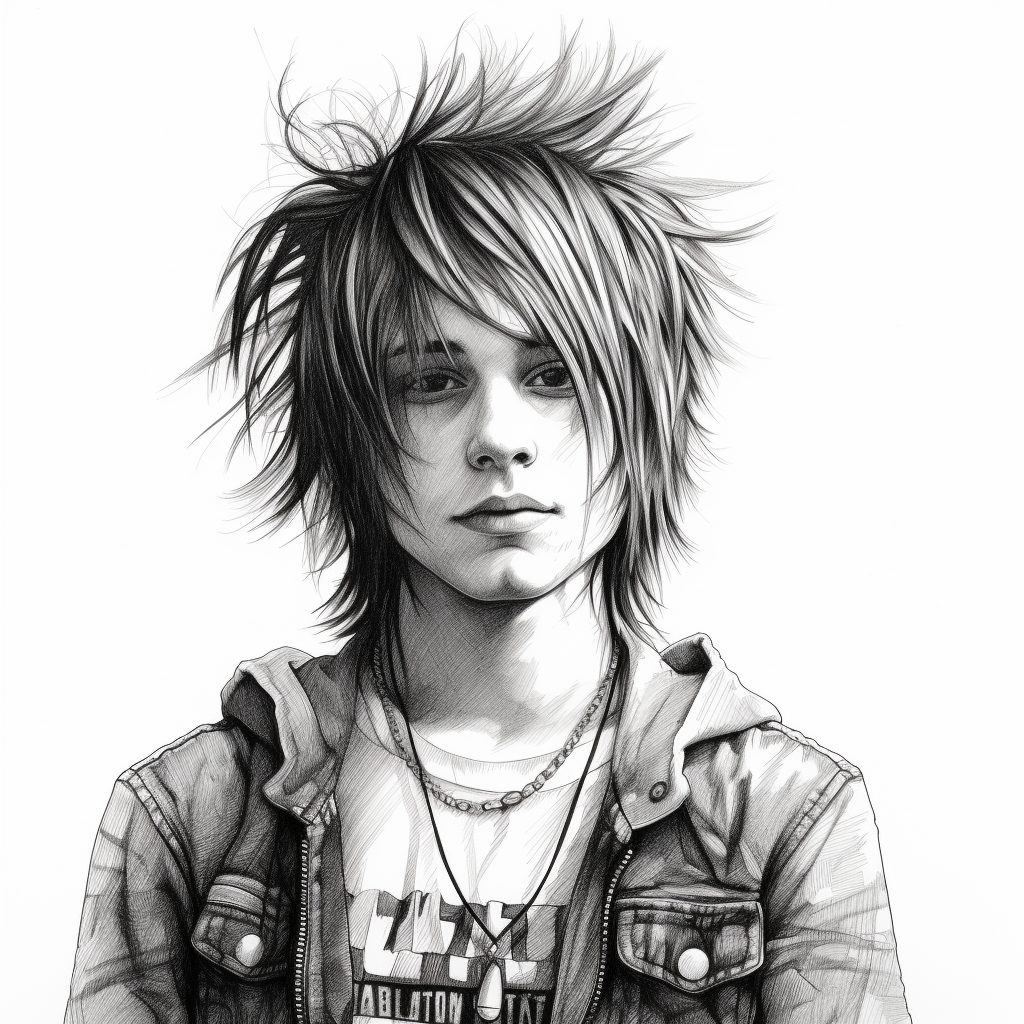
Emo Hairstyles Today
In the contemporary landscape, emo hairstyles for men continue to inspire those seeking individuality. While extreme styles of the past have mellowed, core elements like asymmetry, layered cuts, and vibrant colors persist. Modern emo hairstyles often blend classic elements with current trends, offering a diverse range of options for self-expression.
Tips for Achieving the Perfect Emo Hairstyle:
- Layered Cuts: Embrace choppy, layered cuts for texture and depth.
- Asymmetry: Experiment with asymmetrical styles using side-swept bangs or uneven lengths.
- Bold Colors: Embrace your rebellious side with vibrant streaks or bold hair colors.
- Texture and Volume: Use styling products to add texture and volume for a dynamic appearance.
- Accessorize: Consider incorporating accessories such as hair clips or bands to enhance the overall aesthetic.
The Cultural Impact
Emo hairstyles are not merely about hair; they signify a cultural movement. The emotional connection between music and personal expression is evident in the commitment to unique hairstyles. Emo serves as a testament to the enduring influence of subcultures on mainstream fashion.
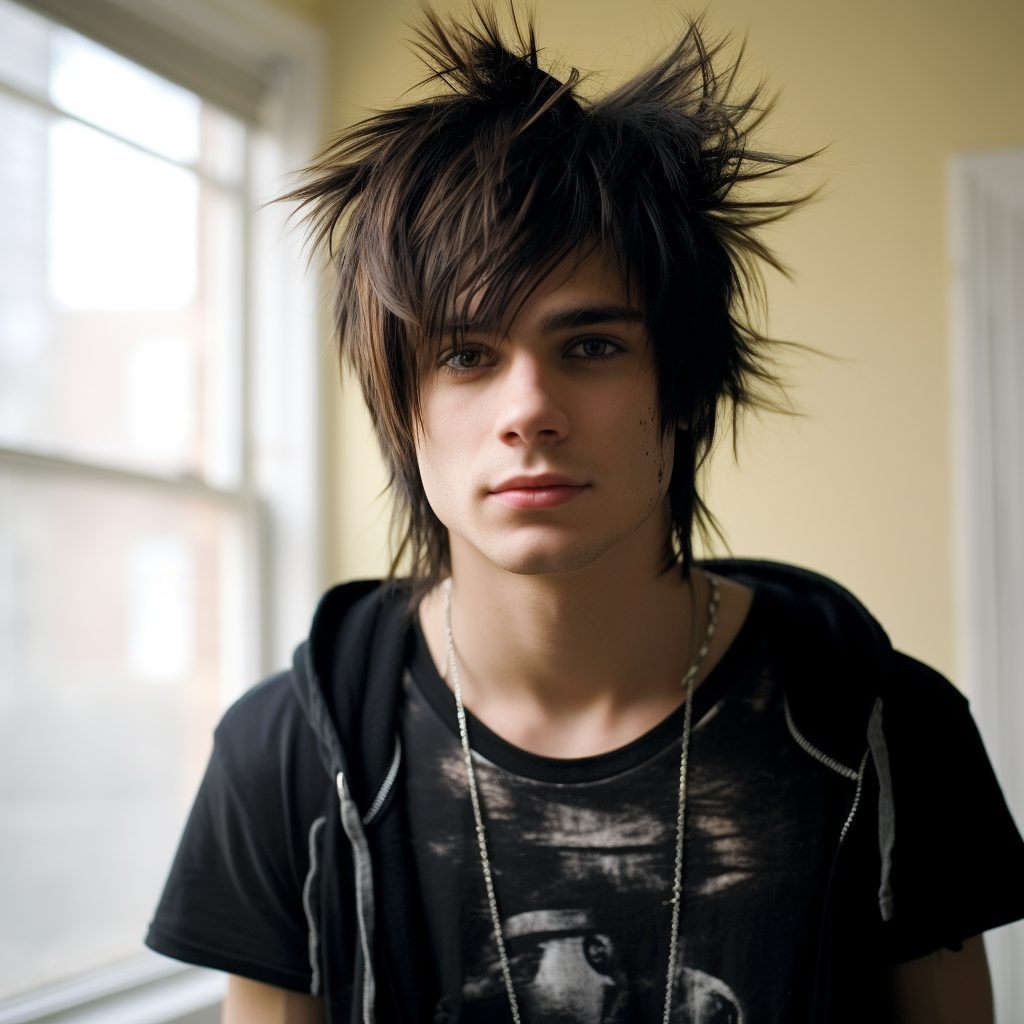
The Evolution of Emo Hairstyles in Subcultures:
To truly appreciate the evolution of emo hairstyles, we must explore the interconnected subcultures that have shaped and redefined this distinctive aesthetic. Emo’s journey intertwines with punk rock, goth, and alternative cultures, each contributing unique elements to the evolving tapestry of emo hairstyles.
Punk Rock Roots:
The roots of emo hairstyles can be traced back to the punk rock movement of the 1970s and 1980s. Punk, with its rebellious spirit and DIY ethos, laid the groundwork for the expressive hairstyles we associate with the emo subculture today. Mohawks, spiked hair, and bold colors were common punk rock hairstyles that influenced the early days of emo.
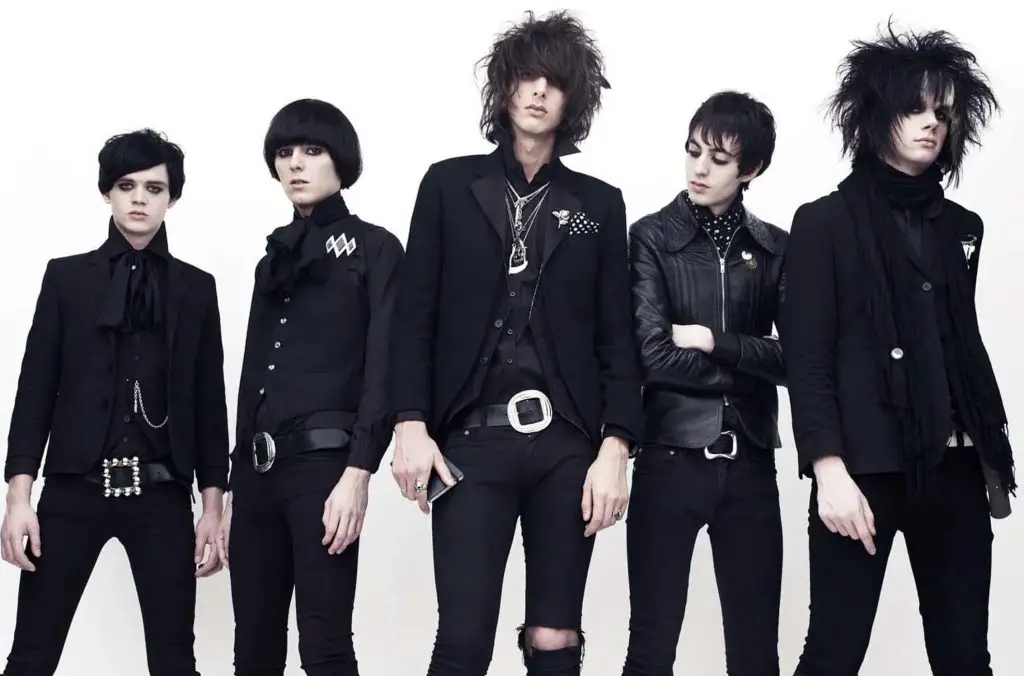
Gothic Influences:
As emo continued to evolve, gothic influences seeped into the subculture, contributing darker and more elaborate elements to the hairstyles. Gothic aesthetics, characterized by dark clothing, pale complexions, and romantic undertones, inspired some emo enthusiasts to incorporate these elements into their hairstyles. Black hair, deep side parts, and asymmetrical cuts became prevalent in the emo goth fusion.
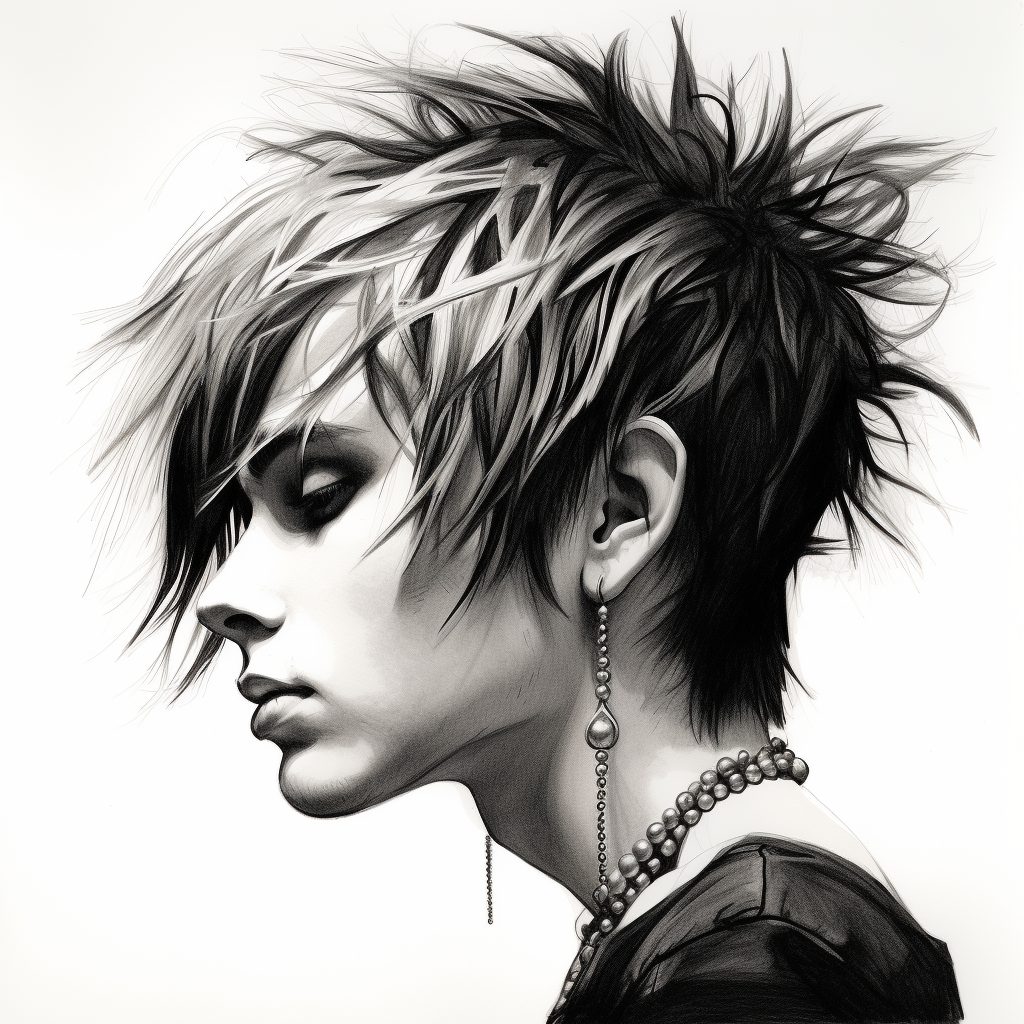
Alternative and Indie Contributions:
The emo subculture also absorbed influences from the alternative and indie music scenes. As bands experimented with genres, so did their fans with hairstyles. The melding of different styles and genres gave rise to a more diverse range of emo hairstyles, reflecting a broader spectrum of influences.
Emo and Gender Expression:
Emo hairstyles, once primarily associated with cisgender males, have evolved to embrace a more inclusive and diverse approach to gender expression. As societal norms shift, so does the perception of beauty and identity. Emo hairstyles have become a canvas for individuals of all genders to express themselves authentically. The once rigid boundaries of gender-specific hairstyles have blurred, allowing for a more inclusive and accepting environment within the emo subculture.
Emo hairstyles for men have transcended their punk rock roots, evolving into a diverse form of self-expression. While the iconic looks of the past may have mellowed, the essence of emo hairstyles endures, providing a canvas for individuals to showcase emotions and unique style.
Whether embracing classic asymmetry or incorporating modern elements, emo hairstyles remain a vibrant aspect of self-expression in the ever-evolving landscape of fashion. As we continue to celebrate individuality, these hairstyles stand as a testament to the power of subcultures in shaping the way we express ourselves.
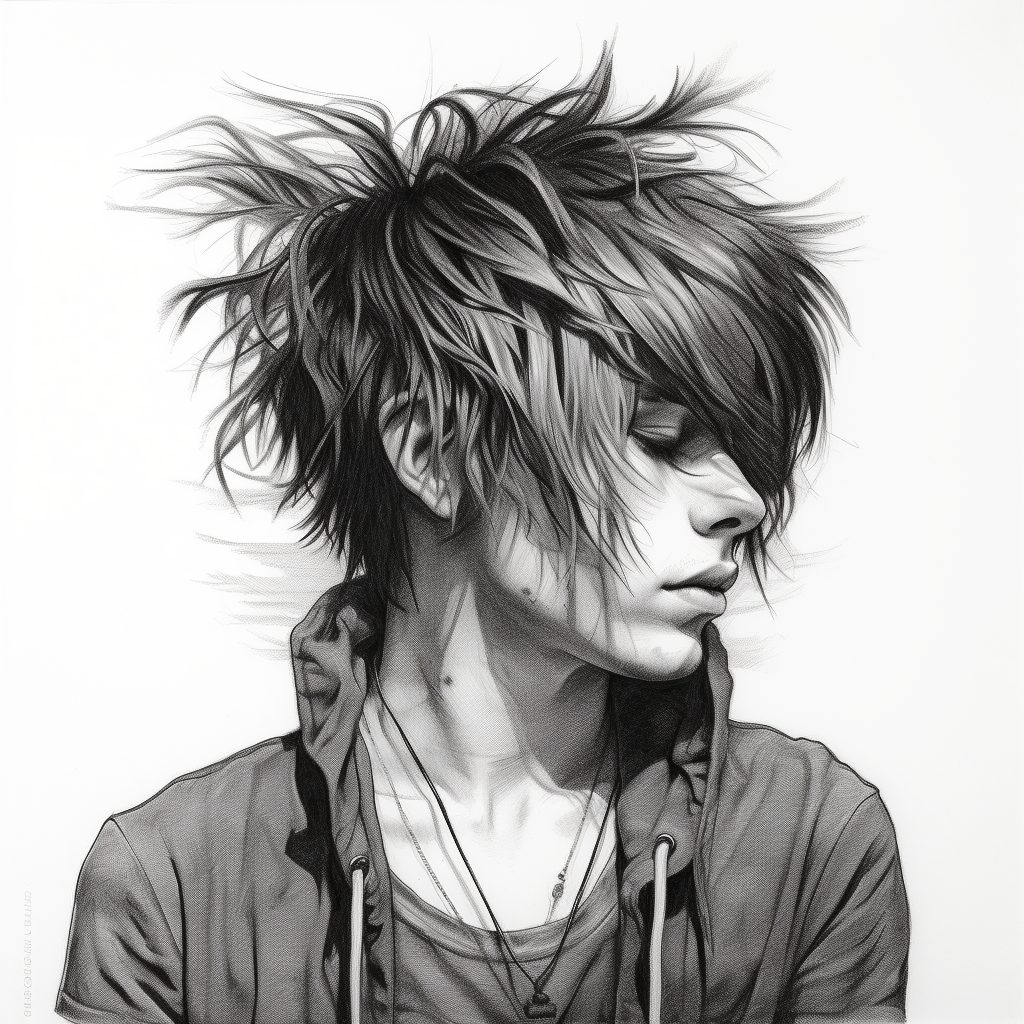
Deeply rooted in emotional hardcore music and its associated subcultures, the styles have undergone a fascinating evolution. From their punk rock origins to the contemporary reinterpretations seen today, these hairstyles reflect more than just fashion choices; they encapsulate the emotional intensity, rebellion, and individuality that define the emo subculture. It becomes evident that they are more than just a trend—they are a form of artistic expression, a cultural movement, and a powerful statement of identity.
In a world where individuality is celebrated, emo hairstyles continue to provide a unique avenue for self-expression. The fusion of various subcultural influences, the blurring of gender boundaries, and the ongoing evolution of style all contribute to the resilience of emo hairstyles. They are not merely a nostalgic nod to the past but a living, breathing testament to the enduring impact of subcultures on the broader landscape of fashion and personal expression.
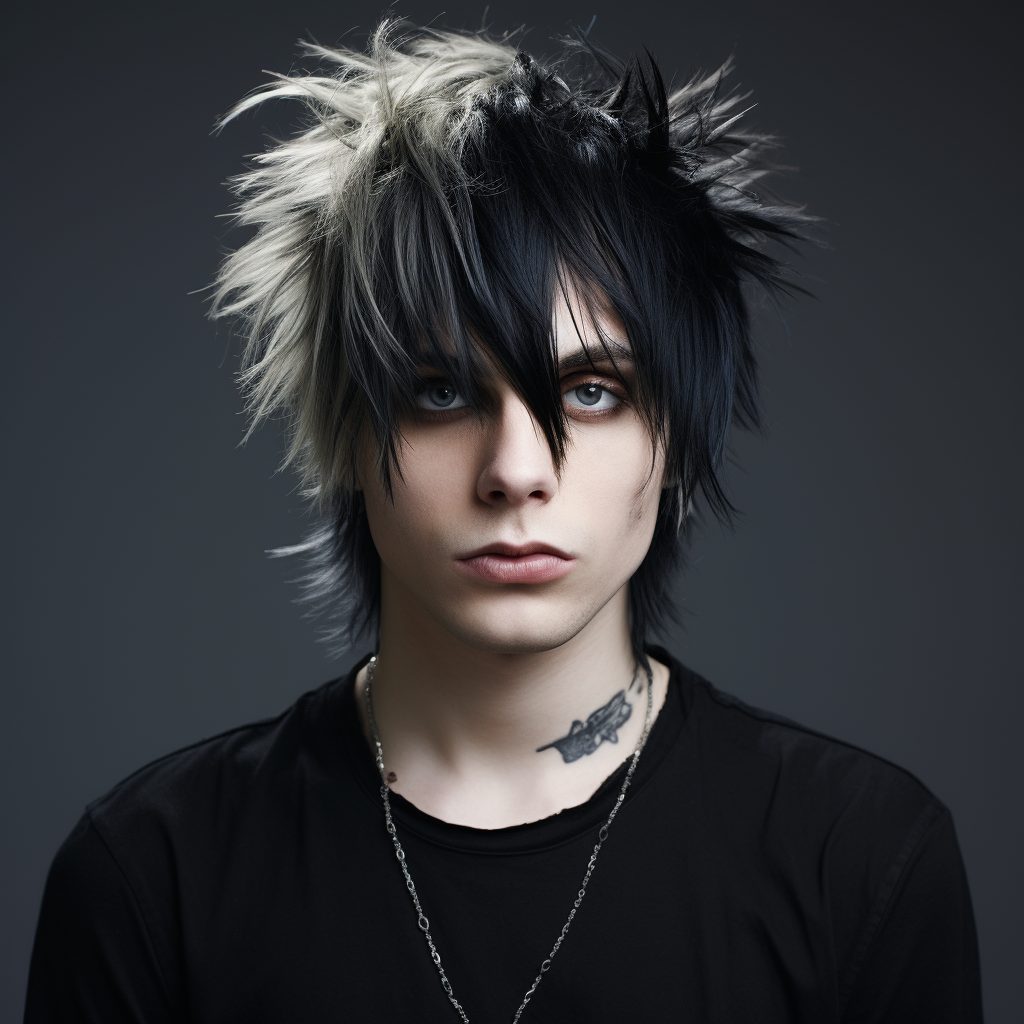
We must appreciate the interconnectedness of subcultures and the ever-changing dynamics of fashion. From punk rock rebellion to gothic influences, alternative contributions, and the modern embrace of diverse gender expressions, emo hairstyles have proven their adaptability. In a sense, they are a mirror reflecting the evolving attitudes and perceptions within society.
As we conclude this in-depth exploration, it’s clear that emo hairstyles for men are not confined to a specific era or set of rules. They are a dynamic form of self-expression that continues to resonate with individuals seeking authenticity and a unique way to convey their emotions. In celebrating the evolution of emo hairstyles, we celebrate the resilience of subcultures, the power of music, and the boundless creativity that shapes our ever-changing world of fashion and personal identity.
